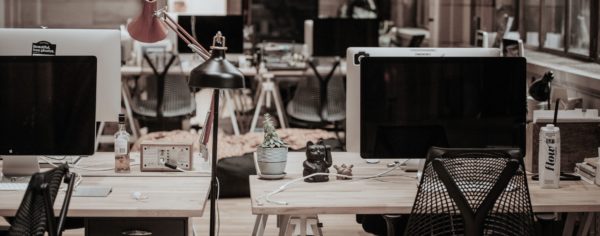According to co-facilitator Claire Stephens, Director at Benoy’s sister company Pragma, when thinking about workplace design we need to acknowledge that the “fabric of the city has changed”. For example, as people have started returning to the office, Mumbai in India has seen a major shift from public to private transport for the daily commute. As Pallavi Navin, Lead Associate at the Godrej Group, explained:
“Public transport in Mumbai is extremely crowded…so the real danger [in terms of Covid] has been how you reach the office, not the office itself. Whereas people previously took the metro or local trains, now they take Ubers or have their own mode of transport, which has led to an increase in city traffic.”
This shift is now being factored into workplace design, necessitating a major rethink of parking, building access points and queuing systems. “Design now starts with how people come in, then you design the actual workplace,” said Navin. “So the dynamics have changed for us as designers.”
Andrew Link, Head of Operations at FTSQUARED, echoed these sentiments, observing that UK commuters are also concerned about “getting back on trains and tubes”. This, he said, could cause a “brain drain” away from the city to the regions, where he predicted we’ll see an “increase in [the quantity] and quality of offices”.
Offering a perspective from Canary Wharf Group, Matt Mitchell confirmed that, far from just ‘snapping back’ into shape post-pandemic, cities and corporate centres have changed fundamentally. In building operations, for example, the focus during Covid on circulation and exit points has led to people becoming “much more mindful of personal space”. And workplace design, he said, now has to consider “how people move around… and how to avoid dead-ends and places of high density.”





